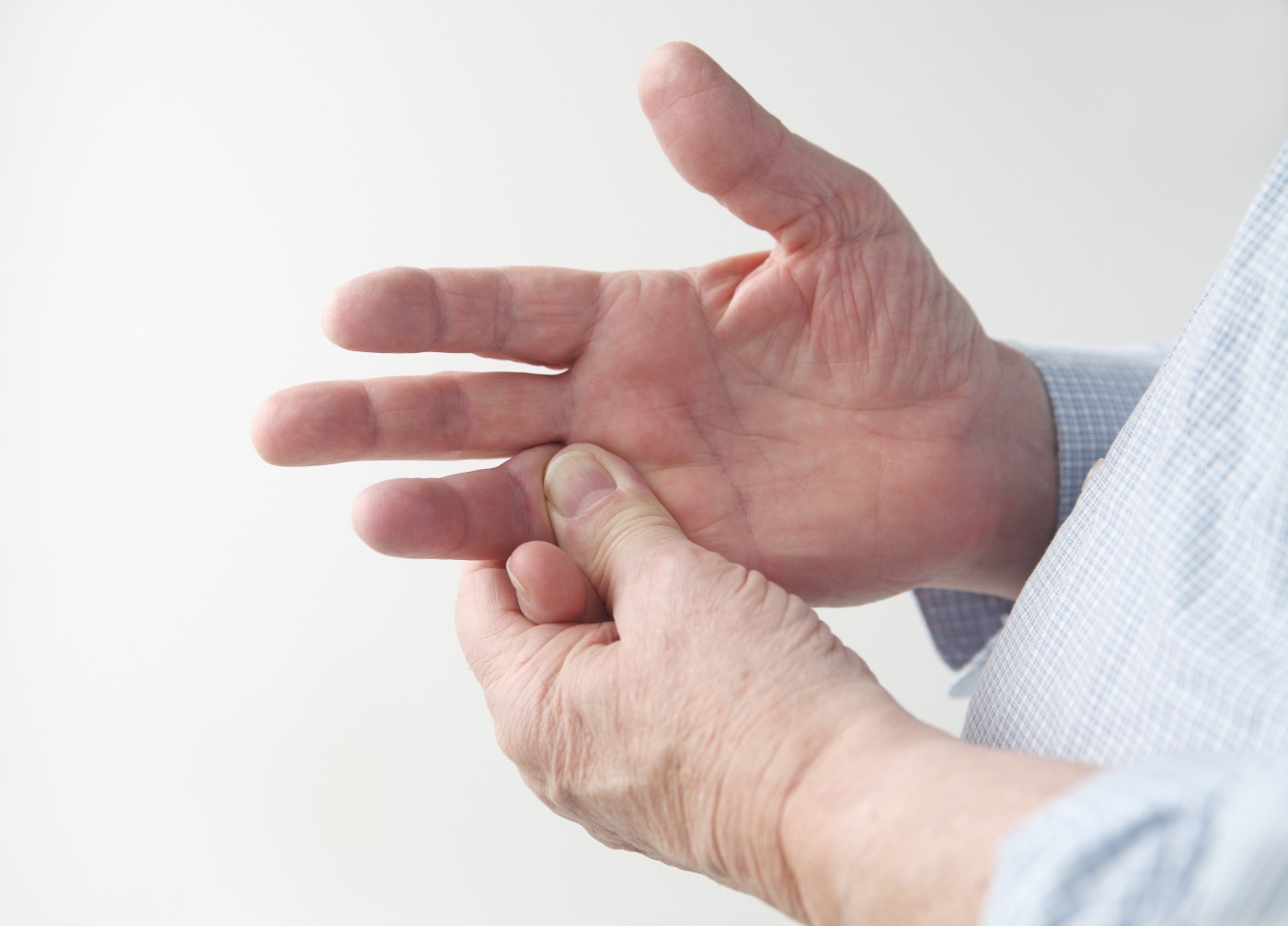While measures of the increase in microvessel blood flow after an artery block are abnormal in all types of Raynaud’s disease patients, the method is not sensitive enough to discriminate between Raynaud caused by vibration damage and other forms of the condition.
Since the method is noninvasive and easy to apply, the study, “Postocclusive reactive hyperemia in hand-arm vibration syndrome,” published in the International Journal of Occupational Medicine and Environmental Health, instead suggested it is a suitable tool to diagnose all types of Raynaud’s disease.
People exposed to chronic arm or hand vibration at work can develop Raynaud’s phenomenon as a result, but it is not known if this type of the condition differs from primary Raynaud’s or Raynaud’s caused by scleroderma.
“Postocclusive reactive hyperemia” is the technical name when blood starts rushing through the tiny vessels after an artery has been blocked. The method is used to study the function of tiny vessels, but so far, no studies have investigated the parameter in patients with vibration-induced Raynaud’s.
Zlatka Stoyneva, PhD, at the Medical University of Sofia in Bulgaria recruited patients with primary Raynaud’s, scleroderma-associated Raynaud’s, and vibration-triggered Raynaud’s; each group was composed of 30 patients. The study also enrolled 30 healthy control individuals.
Stoyneva measured blood flow in the finger most affected by the condition using a method called laser Doppler flowmetry after blocking an artery for three minutes.
The study showed that all Raynaud’s patients had a lower initial perfusion rate, and lower peak values than healthy controls. Also, patients with secondary Raynaud’s had lower blood perfusion values, both at resting levels and after an artery block, than primary Raynaud’s patients.
Patients with scleroderma- and vibration-associated Raynaud’s also showed lower blood flow speed than patients with primary Raynaud’s. The perfusion values and the speed of blood flow were influenced by skin temperature and perfusion at study start. The speed of blood flow also was linked with gender.
Although some values differed between patients with primary and different types of secondary Raynaud’s phenomenon, Stoyneva noted there was a considerable variability in the patient groups, making the method unsuitable for discrimination between the different types of Raynaud’s disease.
“Laser Doppler-recorded reactive hyperemia test contributes to diagnosing Raynaud’s phenomenon and has proved to be valuable for group analysis. The applied method is not sensitive enough to discriminate adequately the type of Raynaud’s phenomenon among individual cases.” Stoyneva concluded in the report.


